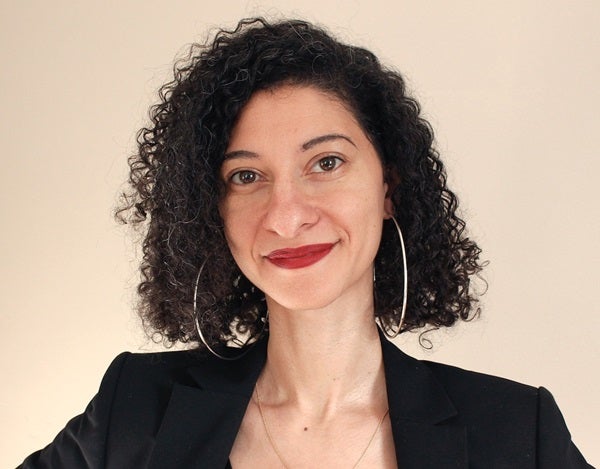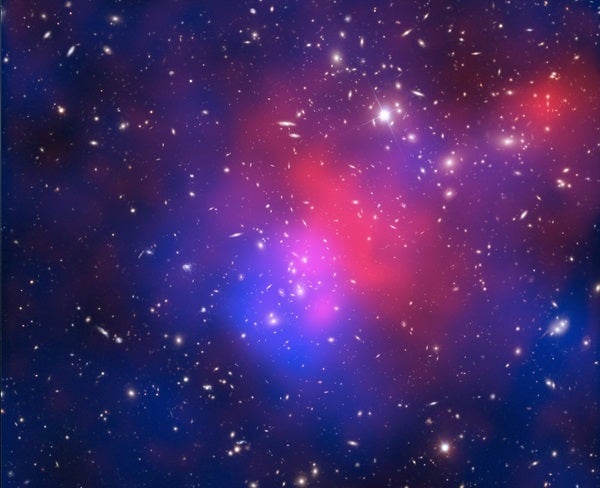When asked what first drew her to physics, you might expect theoretical cosmologist Chanda Prescod-Weinstein to say that it was looking up at stars or learning about planets. But it was something much closer to Earth. “I love math,” she says. “So, when we learned about planes and everything involved in keeping them in the air, I was hooked.”
It was after watching the documentary A Brief History of Time when she was 10, that Prescod-Weinstein decided she wanted to be a theoretical physicist. She ultimately earned her Ph.D. at the Perimeter Institute for Theoretical Physics in Waterloo, Ontario, writing her thesis on quantum gravity.
One of the largest conundrums facing modern physicists is how general relativity, which explains how gravity warps space-time, fits with the intrinsic properties of particles as described by quantum mechanics. Physicists hope that by developing a so-called Theory of Everything, they will be able to solve cosmic enigmas like dark matter and dark energy.
To tackle these mysteries, Prescod-Weinstein, 40, focuses on cosmology, dark matter, and neutron stars. She also searches for axions — a dark matter candidate particle — as a member of the science working group for NASA’s STROBE-X probe, which will begin studying the universe in X-rays in the 2030s.
In addition to being an assistant professor of physics, Prescod-Weinstein is also a core faculty member in the women’s and gender studies department at the University of New Hampshire in Durham. In 2021, she published The Disordered Cosmos: A Journey into Dark Matter, Spacetime, and Dreams Deferred (Bold Type Books). Born of a long-held desire to write her own version of A Brief History of Time and a series of essays she posted on her blog during her career, The Disordered Cosmos explores her field of research, her experiences in science as a Black woman from East L.A., and how social forces like racism and sexism affect how science functions and who gets to participate in it. “As I sat down to write, I saw the dream deferred in front of me and the story that needed to be told: why particle physics is exciting, why we should pursue it, and that the problems are not just technical but also human,” she says. “The book opens with what is awe-inspiring, and I think this helps the call for justice at the end more compelling.”
Make sure to explore our full list of 25 rising stars in astronomy. Check back each week for a new profile!
To get the latest astronomical news and observing content delivered directly to your door, subscribe to Astronomy magazine today!











